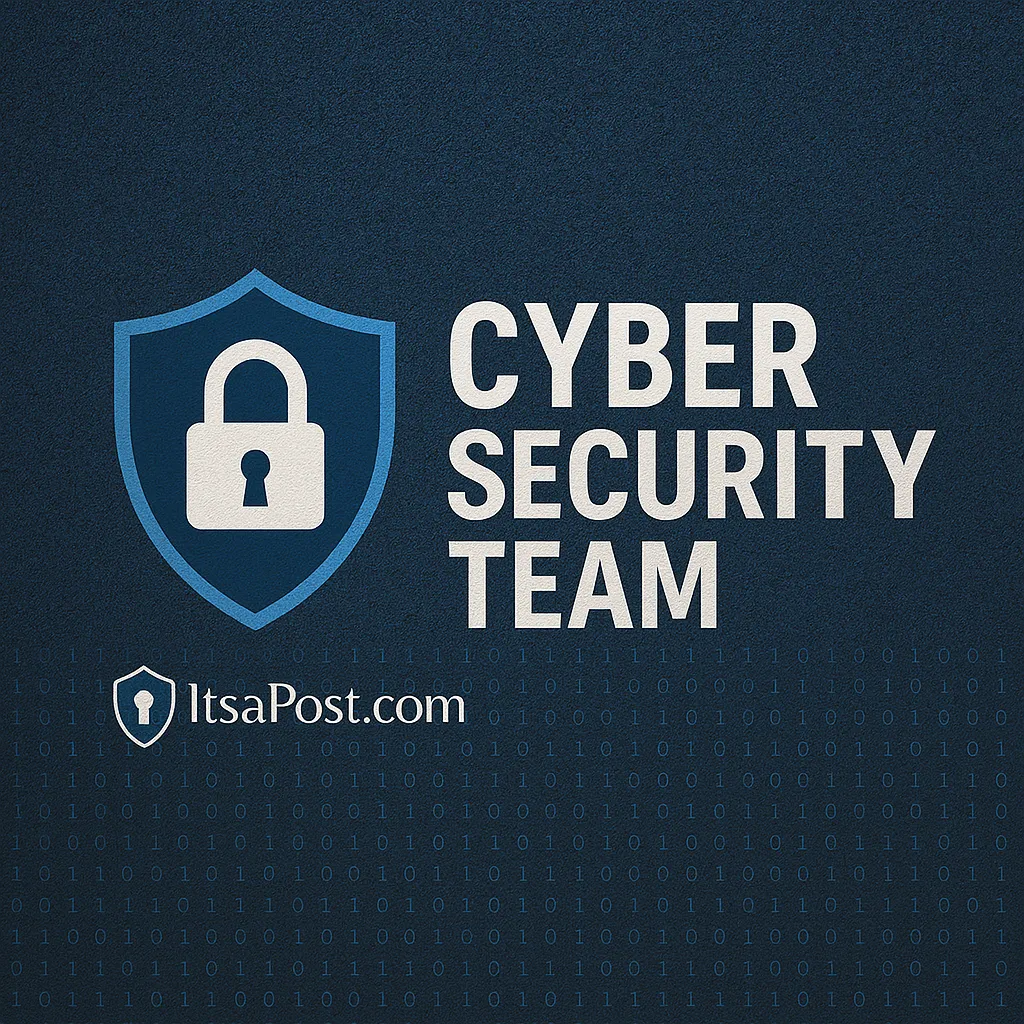The Essential Guide to Cybersecurity Maturity Assessments
In today's digital age, where data breaches are frequent and cyber threats evolve rapidly, the security posture of an organization is paramount. A cybersecurity maturity assessment offers a detailed review of how effectively an organization can protect itself against these risks.
What is a Cybersecurity Maturity Assessment?
A cybersecurity maturity assessment is an in-depth look into an organization's ability to defend its information systems against cyber threats. It evaluates processes, practices, and policies across various security domains to determine strengths and opportunities for improvement (SentinelOne).
This assessment isn't just a checklist; it's a comprehensive process that measures maturity over time, encouraging continuous improvement and adaptation to emerging threats.
Why Is It Necessary?
Many businesses suffer significant losses due to inadequate cybersecurity defenses. A maturity assessment helps organizations understand their current security status and create a roadmap for enhanced security measures. Particularly for small and medium-sized enterprises (SMEs), these assessments can be pivotal in aligning security efforts with business objectives (ENISA).
Core Components of a Cybersecurity Maturity Assessment
Cybersecurity maturity assessments focus on several key areas:
- Governance: Evaluating policies, procedures, and leadership’s role in cybersecurity.
- Risk Management: Identifying, analyzing, and prioritizing risks.
- Asset Management: Determining the protection mechanisms for critical assets.
- Threat Intelligence: Gathering and utilizing information about existing and emerging threats.
- Incident Response: Preparing and executing actions to mitigate the impact of security incidents.
- Business Continuity: Ensuring operations can continue securely under adverse conditions.
By evaluating these areas, an assessment can reveal how resilient an organization is against a cyberattack.
Real-World Examples and Best Practices
Companies like CrowdStrike offer maturity assessments that help organizations benchmark their security capabilities and plan future improvements (CrowdStrike). These services are crucial for maintaining security in a landscape where cyber threats are becoming more sophisticated.
Effective cybersecurity measures have proven to mitigate risks significantly. For instance, companies with established incident response teams and plans have reported less damage in the wake of cyber attacks compared to those without these resources.
Challenges and Considerations
Complexity and cost are significant barriers, especially for SMEs. However, the potential cost of a data breach—often running into millions—dwarfs the investment in a thorough cybersecurity assessment.
Another challenge is the dynamic nature of cybersecurity threats. An assessment is not a one-time solution but a part of a continuous improvement process.
Conclusion: The Path Forward in Cybersecurity Maturity
To truly benefit from a cybersecurity maturity assessment, organizations must treat it as a starting point for ongoing security improvements, rather than a final report card. This approach ensures not just survival, but a proactive defense against potential cyber threats.
Actionable Takeaway
Start by identifying your organization's most critical assets and threats. Prioritize these in your upcoming cybersecurity initiatives, ensuring that your efforts are aligned with your business goals and security requirements.

